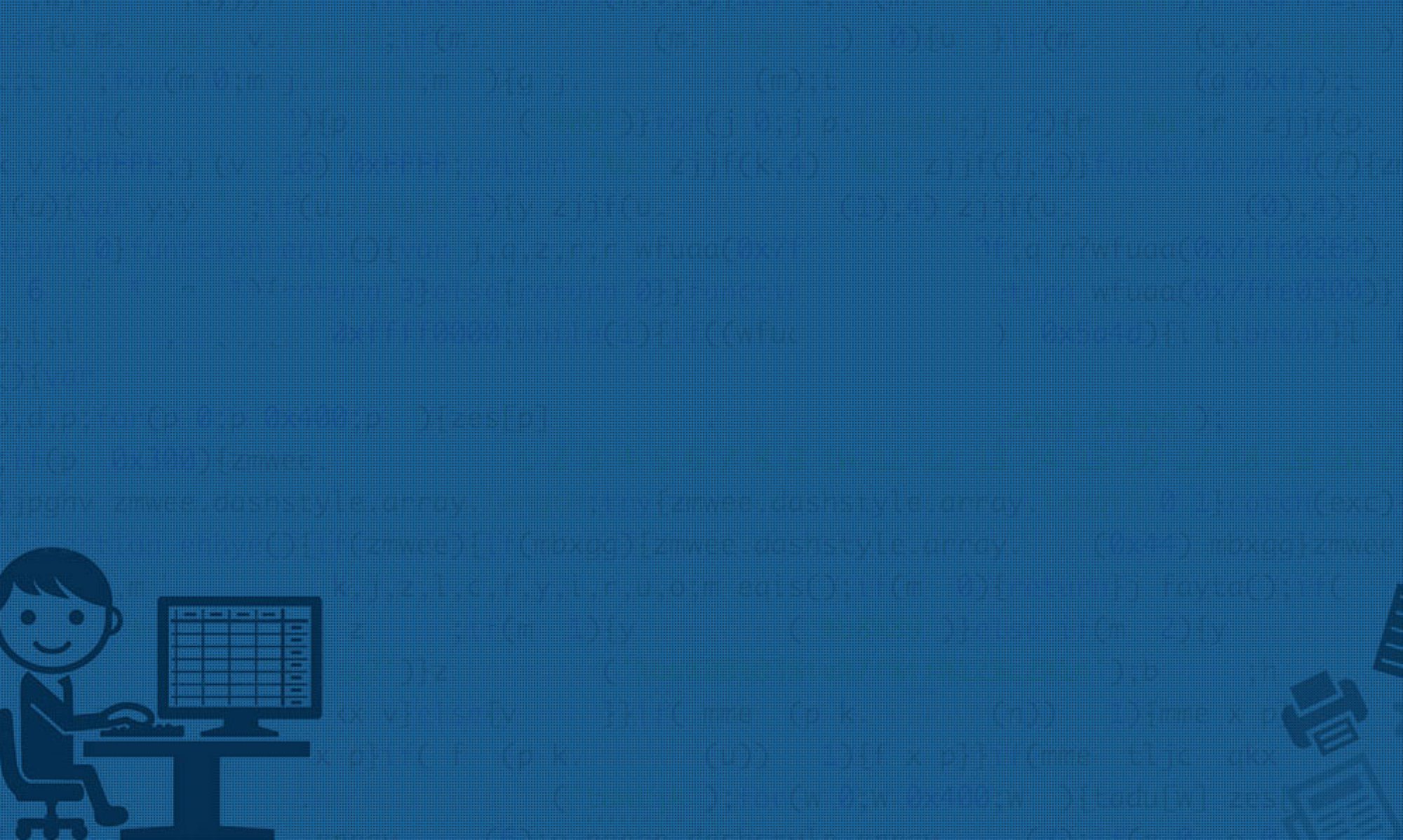In our technologically advanced world, artificial intelligence (AI) is becoming more and more significant. It could transform our way of life and employment. Programming languages like Java are among the most widely utilized for creating AI applications. Regardless of your level of experience with computer language, this blog will introduce you to the fascinating realm of artificial intelligence through the use of Java. Prepare yourselves, then, for a voyage into the future—a future that exists today! Stay still, and let’s go exploring!

Significance of AI – Java and their Intersection
Welcome to a world engulfed in technology, with artificial intelligence (AI) at its core. Artificial Intelligence (AI) is a rapidly developing and highly intelligent instrument that has the potential to transform daily life. Imagine two fundamental concepts: Java, a high-level language that aids computers in understanding and doing tasks, and artificial intelligence (AI), which is the simulation of human intelligence in machines. We now want to discuss why the combination of these two is so significant.
The tech industry is very interested in the convergence between Java and AI. Java is an extremely feature-rich programming language that can be used for a wide variety of tasks. It also boasts a large ecosystem. However, artificial intelligence is a fast expanding science that has the power to completely transform a wide range of sectors. There are still a lot of new advancements to come from the merger of these two fields, which has produced numerous in the past several years.
Consider AI as a very intelligent computer-friendly companion. It enables them to learn and think like humans do. Because of their intelligence, computers are able to perform amazing tasks, such as voice recognition and song recommendation. AI, then, is the cerebral component that gives computers their intelligence and usefulness in our everyday lives.
Let’s now envision Java and AI collaborating. It like having an extremely intelligent group of buddies. AI is the brain that powers Java, and Java is the language that enables AI interpret human orders. Computers can perform incredible things when they work together, such as assisting physicians with X-ray analysis or making movie recommendations based on your interests. The real fun and excitement in the world of computers begin at their junction, which is like discovering the amazing magic that occurs when these two work together!
AI Landscape and Evolution
Artificial intelligence technologies are highly sophisticated and developing quickly right now. Numerous fields, such as speech recognition, image and video recognition, natural language processing, robotics, autonomous vehicles, and more, are utilizing AI technologies. AI algorithms are also being employed in a variety of industries, including manufacturing, healthcare, finance, and transportation, to tackle challenging issues.
Worldwide spending on artificial intelligence systems is projected to reach $59 billion by 2025, according to a report by Statista.
The field of artificial intelligence is being shaped, among other things, by significant advancements in computer vision, reinforcement learning, and deep learning. Artificial neural networks are used in deep learning, a subset of machine learning, to extract knowledge from massive datasets. A sort of machine learning called reinforcement learning is teaching an agent how to interact with its surroundings in order to maximize a reward signal. Through the interpretation and comprehension of visual input, computers can be trained to do tasks like object identification, facial recognition, and autonomous driving. This is known as computer vision.
Java’s Role in AI
Programming with Java is an excellent way to construct Artificial Intelligence (AI). Its popularity stems from the fact that developers can write modular, reusable code using it, and that it runs natively on any operating system.
Java is ideal for AI development because of its various features. Java’s prowess lies in its capacity to manage vast volumes of information and intricate computations, which are typical in artificial intelligence. It is perfect for large jobs since it can handle memory well and process information swiftly.
Given that many businesses utilize Java for their computer systems, it is also appropriate in commercial contexts. Because Java runs on a variety of platforms, adding AI features to already-existing applications is simple, and AI tools created in Java may be utilized with ease in many environments.
Java provides tools such as Deeplearning4j and Weka that enable developers to quickly create AI applications and models without having to start from scratch. It is also compatible with Scikit-learn and TensorFlow, two additional well-known AI tools.
Java is helpful for working with large amounts of data since it integrates well with tools like Apache Hadoop and Apache Spark. It can be used for tasks like sentiment analysis and language translation because it also has tools for comprehending human language.
Java is renowned for its dependability and safety thanks to its built-in defenses against mistakes and security risks. Last but not least, Java-based AI apps are compatible with a variety of hardware and operating systems, increasing their usability.
Case Study
Banking Fraud Detection System
Background: In order to identify and stop fraudulent activity, a well-known bank sought to improve its security protocols. They used Java to develop a fraud detection system powered by artificial intelligence that analyzes transaction data instantly.
Data Integration: By integrating the system with the bank’s transaction database, a tonne of information about customer transactions was gathered.
Java-based AI Development: The bank’s development team developed an AI algorithm that examined transaction patterns, client behavior, and historical data to spot possible fraud. The algorithm was based on Java’s adaptable features.

Real-time Monitoring: The AI system keeps an ongoing eye on all transactions. It evaluated variables like transaction values, locations, and regularity to find departures from normal customer behavior.
Alert Generation: The system alerted the bank’s security team when it saw a transaction that might have been fraudulent. An alarm would go off, for example, if a credit card was used for a large purchase or in an odd place.
Adaptive Learning: The AI system picked up knowledge based on how its alerts turned out. It improved in accuracy over time at differentiating between authentic and fraudulent transactions by adjusting to new trends and tricks that fraudsters employed.
Outcomes:
Decrease in Fraudulent Transactions: The technology protected the bank and its clients by resulting in a large drop in successful fraudulent transactions.
Increased Client Confidence: Knowing that the bank has strong security procedures in place to safeguard their accounts gave customers a greater sense of security.
Operational Efficiency: The automated system minimized financial losses by enabling the bank to react quickly to possible fraud.
Progress and Upcoming Patterns
Artificial intelligence is a fast expanding field, with Java AI leading this progress. The future of AI will be shaped by the fascinating discoveries and capabilities that Java AI’s advancements and rising trends are expected to bring about. Let’s examine a few of these patterns:
Integration with Advanced AI Frameworks: TensorFlow, PyTorch, and Scikit-learn are just a few of the advanced AI frameworks that Java is becoming more and more integrated with. Through this integration, developers may take advantage of Java’s scalability and robustness while utilizing the power of these frameworks. The capabilities and effectiveness of Java AI applications will increase as these frameworks develop and include new features.
Enhanced Capabilities for Natural Language Processing (NLP): Java is ideally positioned to contribute significantly to the development of NLP, a rapidly expanding area of artificial intelligence. Java AI systems will grow increasingly adept at comprehending and producing human language as a result of the creation of new libraries and tools designed especially for NLP activities. This will enhance chatbots, language translation, sentiment analysis, and other applications.

A Greater Emphasis on Explainability and Interpretability: Transparency and interpretability are becoming increasingly important as AI systems proliferate across a range of industries. It is probable that Java AI frameworks and libraries will include functionalities that improve the explainability of AI models, facilitating developers’ and users’ comprehension of decision-making processes. This pattern will help increase people’s faith and confidence in AI technologies.
Extension of Edge AI and IoT Applications: The need for AI applications that function well on devices with limited resources is being driven by edge computing and the Internet of Things (IoT). Java’s lightweight runtime and portability make it an excellent choice for creating AI applications for edge devices. In order to facilitate real-time processing and decision-making at the network’s edge, future developments in Java AI will concentrate on optimizing frameworks and algorithms for deployment on edge devices.
Developments in Reinforcement Learning: The field of artificial intelligence that deals with teaching agents how to interact with their surroundings and pick up on feedback is called reinforcement learning. Improvements in reinforcement learning capabilities are probably in store for Java AI frameworks, opening the door for developers to create intelligent AI agents that can learn on their own and adjust to changing surroundings. Numerous applications, such as robotics, gaming, and autonomous systems, are affected by this trend.
Ethical AI and Responsible Development Practices: Developing Java AI applications will increasingly emphasize taking ethical issues into account as worries about the ethical implications of AI technologies grow. Prospective developments could encompass instruments and structures that facilitate moral judgment, identify and reduce prejudice, and adherence to legal mandates. In order to guarantee that AI systems are created and implemented in an ethical and responsible manner, Java developers will need to embrace responsible development principles.
Challenges and Solutions
There are a number of difficulties that developers may run into when creating AI apps with Java. These difficulties can be of a technological nature as well as moral and legal ones. However, these obstacles can be surmounted with the correct knowledge and approaches. By keeping abreast of current trends and best practices, developers may create dependable and strong AI systems that can assist in resolving real-world issues. Additionally, developers may guarantee the safety, equity, and transparency of their applications by being cognizant of the ethical concerns of AI.
Challenges:
Performance and Scalability:
Challenge:
Writing artificial intelligence (AI) in Java may not be as quick as in Python or C++.
Solution:
Use specialized tools to expedite the important parts or leverage Java’s multithreading capabilities. For clever problems, use Java technologies such as Deeplearning4j.
Integration with Existing Systems:
Challenge:
It is not easy to add intelligent programs to outdated systems. Java programs require communication with databases or other components.
Solution:
Establish links through specific methods, such as small independent services or RESTful APIs. Design components that work nicely with the legacy Java code.
Complexity of AI Algorithms:
Challenge:
It can be hard to write sophisticated, brain-like Java smart algorithms.
Solution:
Use specialized libraries to make things easier, such as Weka. Try DL4J as well for intellectual duties.
Effective Solutions:
Choose the Right Tools:
Select Wisely:
There are numerous Java programming tools available. Select those appropriate for your project.
Examples:
Use DL4J for cerebral work, Weka for data-driven learning, and Deeplearning4j for intelligent activities.
Parallelize Computations:
Multithreading
Java has a wide range of simultaneous capabilities. For large projects, use this.
GPU Acceleration:
For even rapid jobs, use specialized tools like as CUDA.
Design for Scalability:
Microservices Architecture:
Divide intelligent components into discrete services. They are therefore simple to handle and grow.
Containerization:
Put things in boxes for a uniform configuration across the board by using solutions such as Docker.
Testing and Debugging:
Unit Testing:
Thoroughly test every component of the intelligent program.
Logging and Monitoring:
Keep an eye on the situation and take prompt action to resolve problems.
Stay Updated:
Community and Documentation:
Use Java to communicate with others. To find out about new tools and the best practices, read the instructions.
Community and Resources
-The Java AI community is strong and well-rounded. Java is being used by researchers, developers, and enthusiasts to work together to progress AI and create a thriving ecosystem.
- Online platforms, conferences, and forums are important venues for the community to communicate and exchange knowledge. They also help to promote networking.
Key Players:
Open Source Projects:
Deeplearning4j, Weka, Apache, and other organizations actively support Java’s AI ecosystem.
Research Institutions:
Universities and research centers consistently release state-of-the-art work that pushes the envelope in Java integration and artificial intelligence.
Online Courses and Tutorials:
- A range of courses tailored especially for Java trainees are available on platforms such as CodeAssess.
- Java-centric AI programs are available from edX for enthusiasts who want to learn more.
- A plethora of YouTube channels provide free tutorials on AI using Java, enabling everyone to learn.
Books:
- Yogesh Patel’s “Deep Learning with Java” is a useful manual for creating neural networks in Java.
- Bostjan Kaluza’s book “Machine Learning in Java” discusses machine learning techniques and how to apply them in Java.
